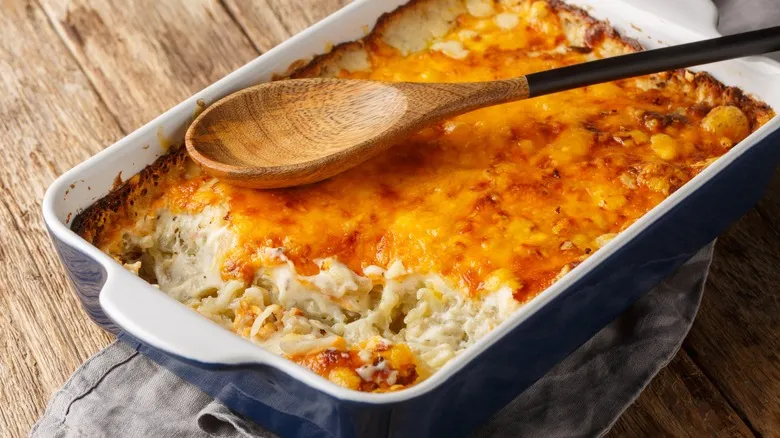Why glass dishes sometimes shatter in the oven
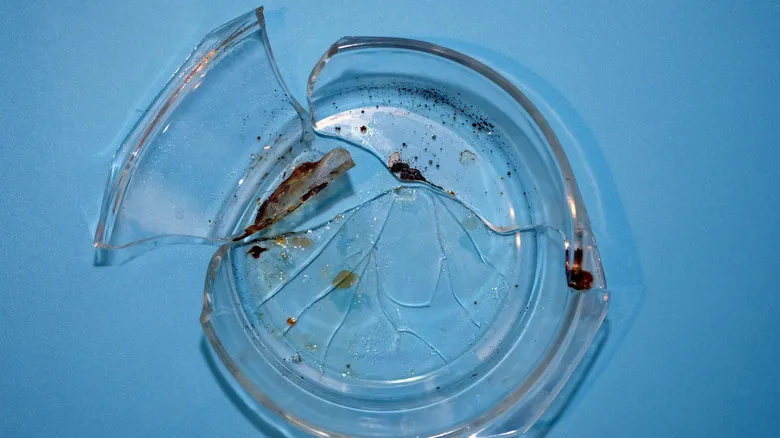
It's completely understandable that people are taken aback when oven-safe glassware breaks during cooking. The issue isn't the high temperature itself, but rather a sudden and extreme shift in temperature. Moving a casserole dish straight from the fridge to the oven subjects the cold glass to intense heat, which can lead to cracking or even shattering.
To prevent damage, it's important to avoid exposing cold glass to high temperatures, but the reverse is also true: hot glass should not be placed on cold surfaces. After removing your dish from the oven, it's best to set it on a towel instead of a cold countertop. Likewise, if you're preparing a casserole in advance, don't put the hot dish directly into the fridge. Let it cool to room temperature first to help safeguard your glassware.
How to reheat casserole dishes safely
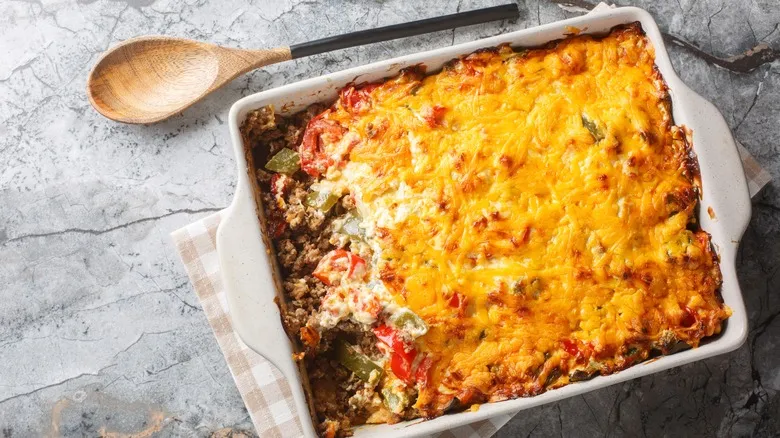
Although it might be tempting to pop that casserole dish into the oven right away when you're hungry and pressed for time, the best way to avoid a common reheating mishap is to allow your refrigerated glassware enough time to come to room temperature. After removing the dish from the fridge, let it rest on the countertop for 30 to 60 minutes. Once the glass has warmed slightly, it can better endure the oven's high heat.
Allowing your glassware to reach room temperature may mean a longer wait for your leftovers, but it will save you from the frustration of a shattered casserole dish. A moment of impatience could lead to a messy cleanup of food and glass shards in your oven. The extra time it takes for your casserole dish to warm up is well worth the peace of mind that comes from knowing both your food and glassware are safe.
Recommended

The Oven Rack Mistake Bakers Should Avoid According To Mary Berry

Mary Berry's Butter Tip To Bake Superior Cakes
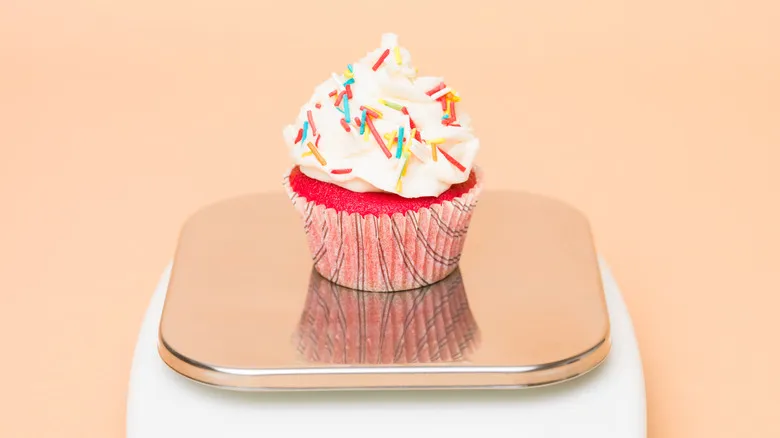
Bake Perfectly Portioned Cupcakes With A Kitchen Scale Technique
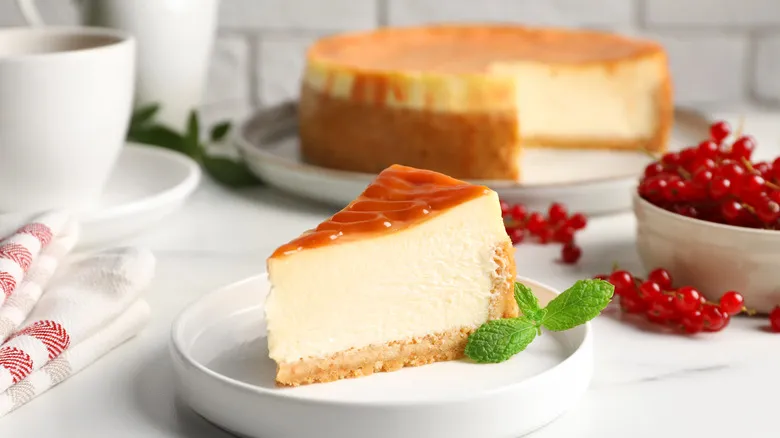
How A Water Bath Works To Cook Your Cheesecake
Next up

